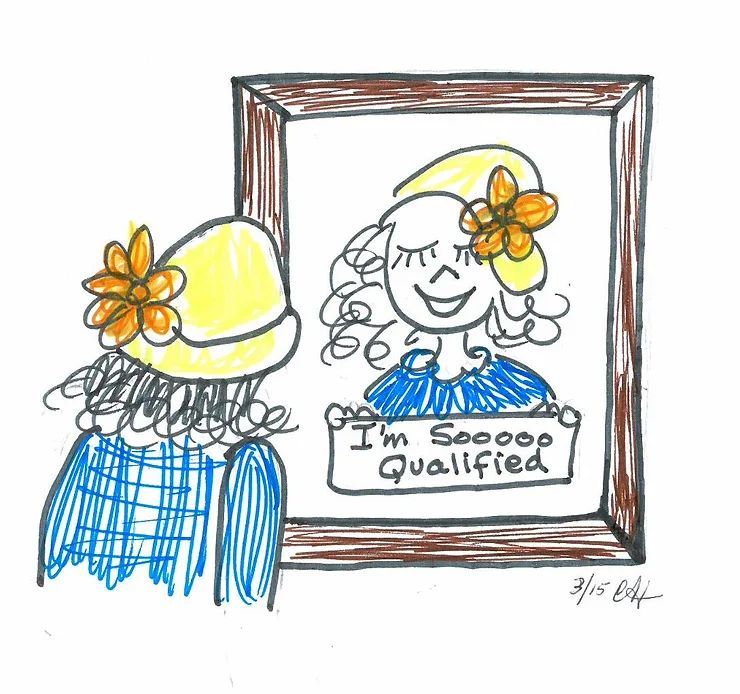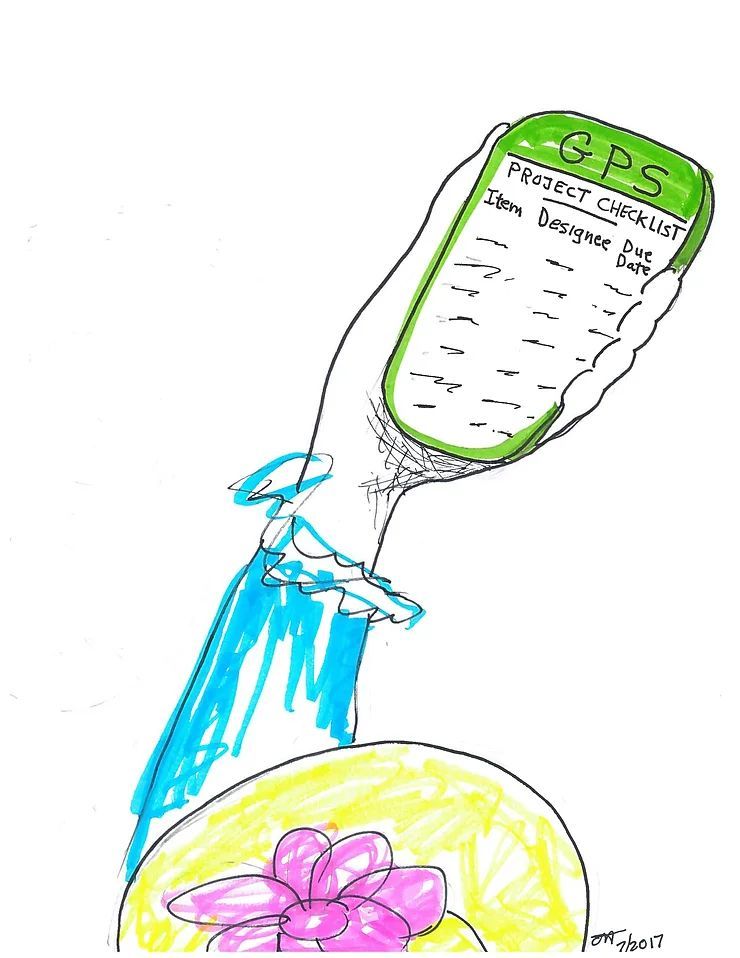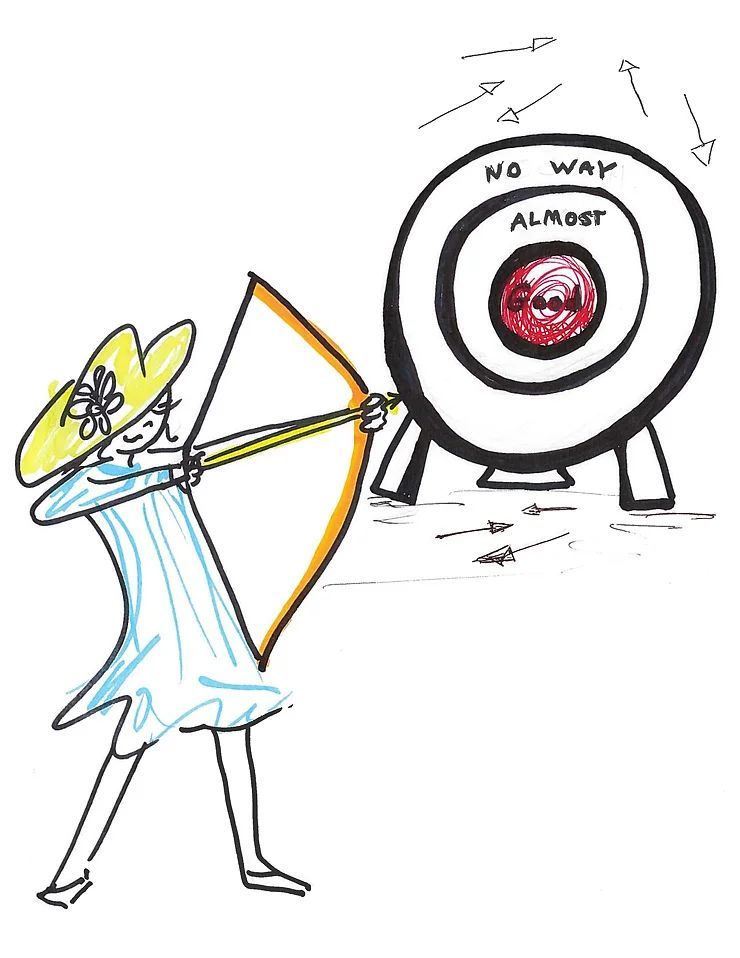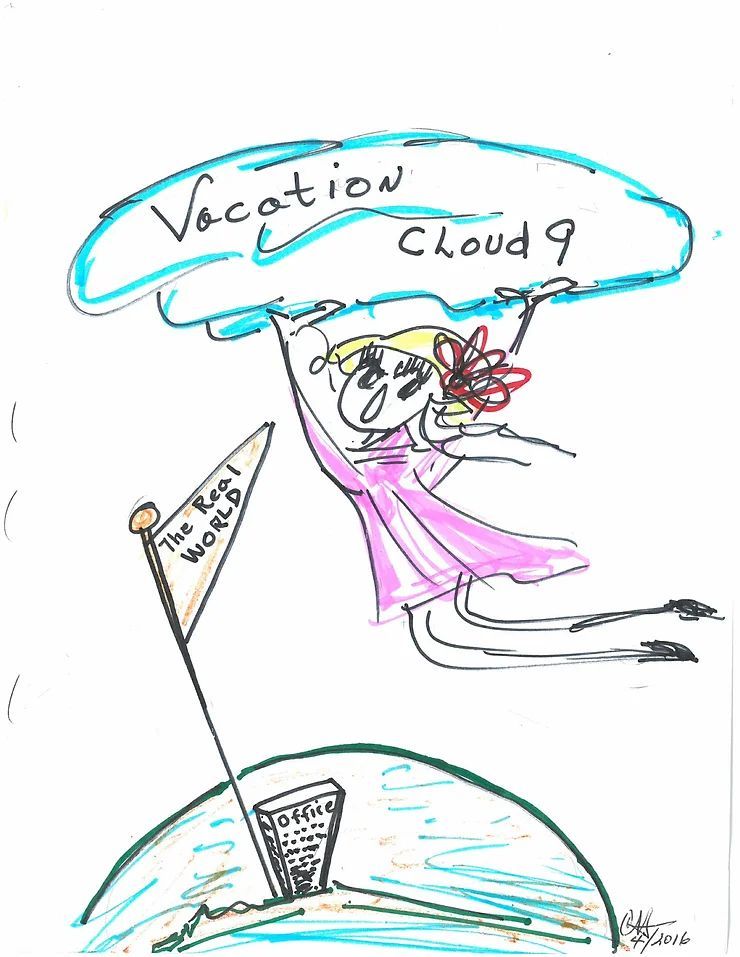
Here are four questions you must answer as a manager.
1. Do you assume your Board Chair is up to date on the organizations operations?
2. Do you leave the financials for the bookkeeper and/or the treasurer to manage?
3. When was the last time you evaluated your programs? Two or more years ago?
4. When an issue arises, do you use energy looking for the root of the problem in someone or something?
IF YOU ANSWERED "YES" TO ANY OR ALL OF THE FOUR QUESTIONS, YOU'RE FIRED!!
HERE ARE THE FOUR SKILLS THAT EVERY GOOD MANAGER MUST MASTER:
1. COMMUNICATE UP AND DOWN.
Whether you are a one or multi person operation; whether you have a minimal board or an expansive one; you must ensure that everyone understands the big picture and then knows how his/her part contributes to the whole.
2. KNOW THE NUMBERS.
Forget the grade you got in math at school. The buck does stop with the manager.
You must master your organization's budget and profit and loss statement. It is a major diagnostic tool to help you manage your program. Mastery will improve your communication up and down!
3. EVALUATE REGULARLY.
Establish benchmarks for each program and assess at regular intervals.
Program success is based on a cycle of assessment, adjustment, and improvement.
Systematic evaluation is another major tool in the management of your program. Mastery will improve your communication up and down!
4. LOOK IN THE MIRROR FIRST.
When an issue arises, look at what you are doing first and how it relates to the issue.
Then look at the communication structure of your organization and how it relates to the issue.
Usually, the root of most issues can be traced to one or both of those.
MASTER THESE FOUR SKILLS AND YOU WILL HAVE STARTED YOUR "TOOLKIT" FOR SUCCESSFUL MANAGEMENT.












